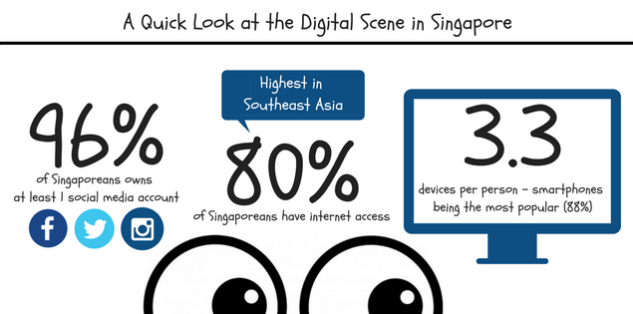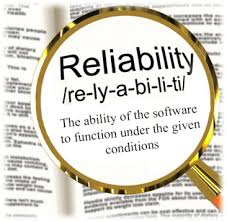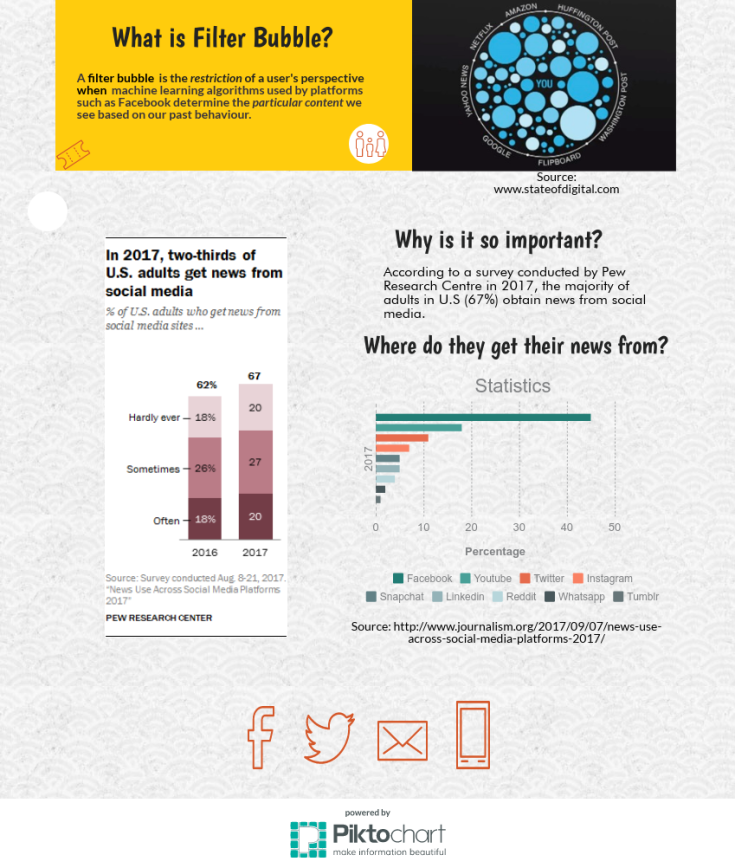
Wait! Let’s check if the information is RELIABILITY or just a joke?
“The scientists believed that people will be smarter with just a click away to assess the new information. ” (Kellogg Insight, 2017) However, we have to identify the authenticity of the information from online as the source is not always right.
Firstly, I will use the search engine to check other sources, find new information, and go to official website to check the validity of news to burst filter bubbles and open echo chambers.
Continue reading →








